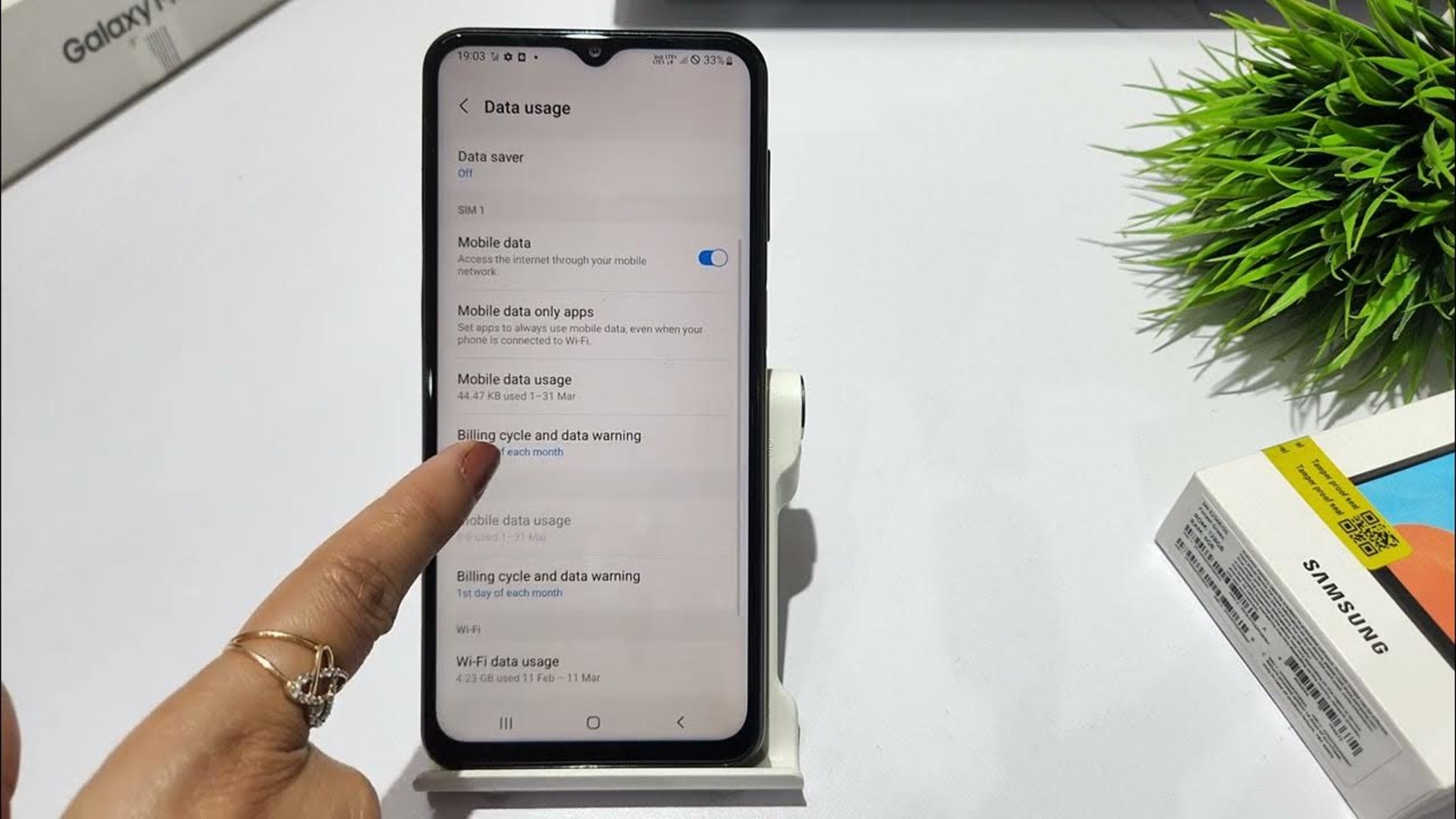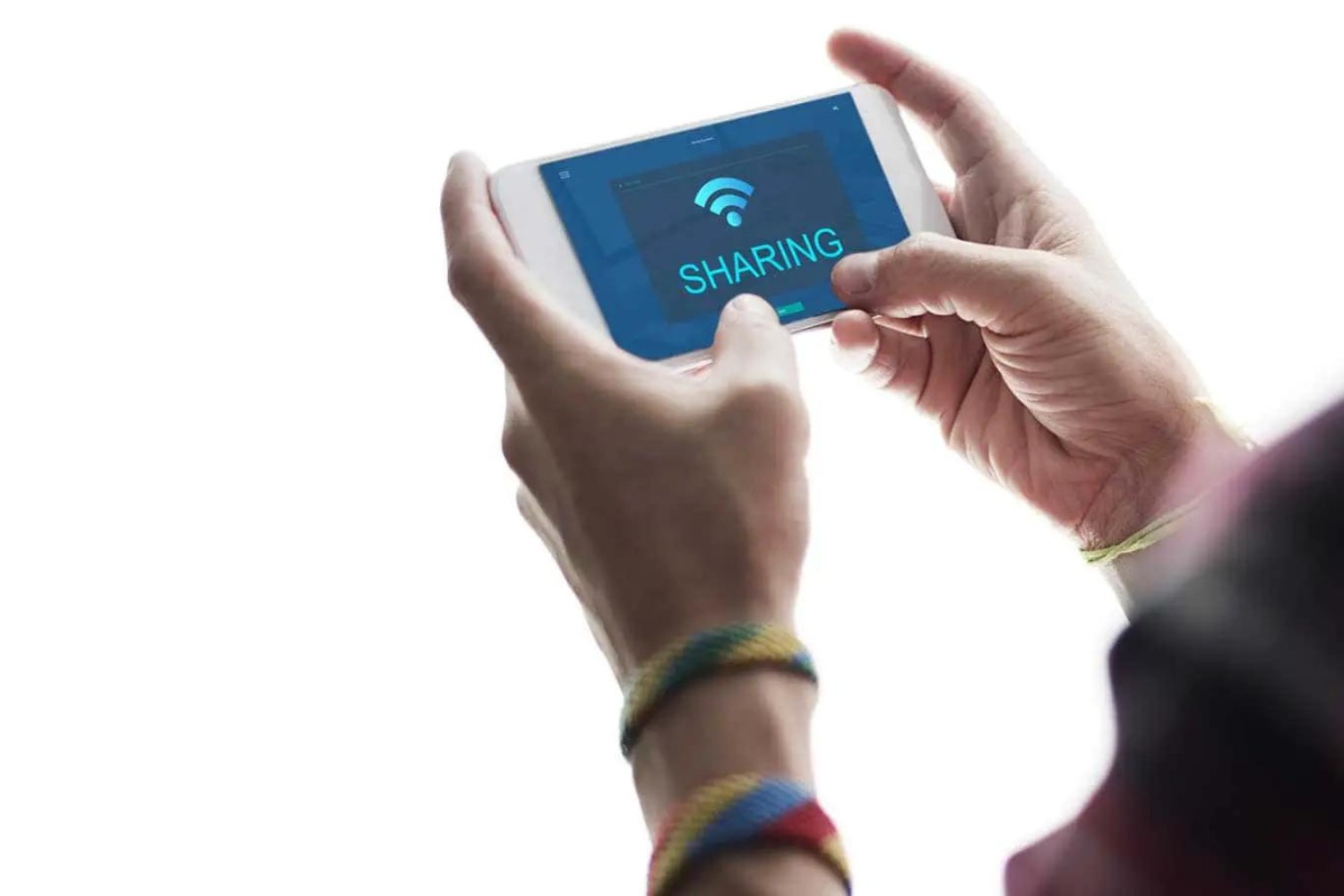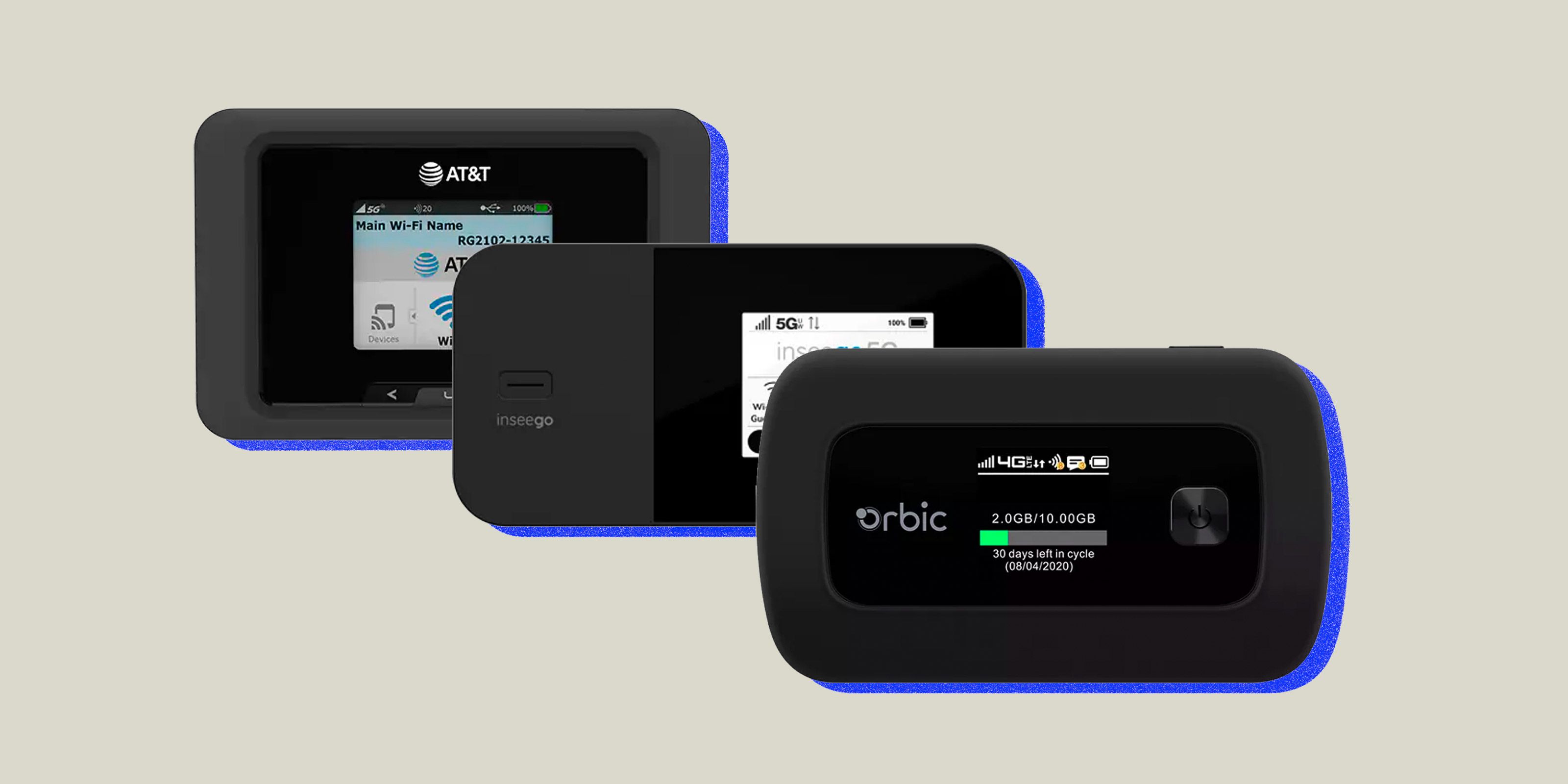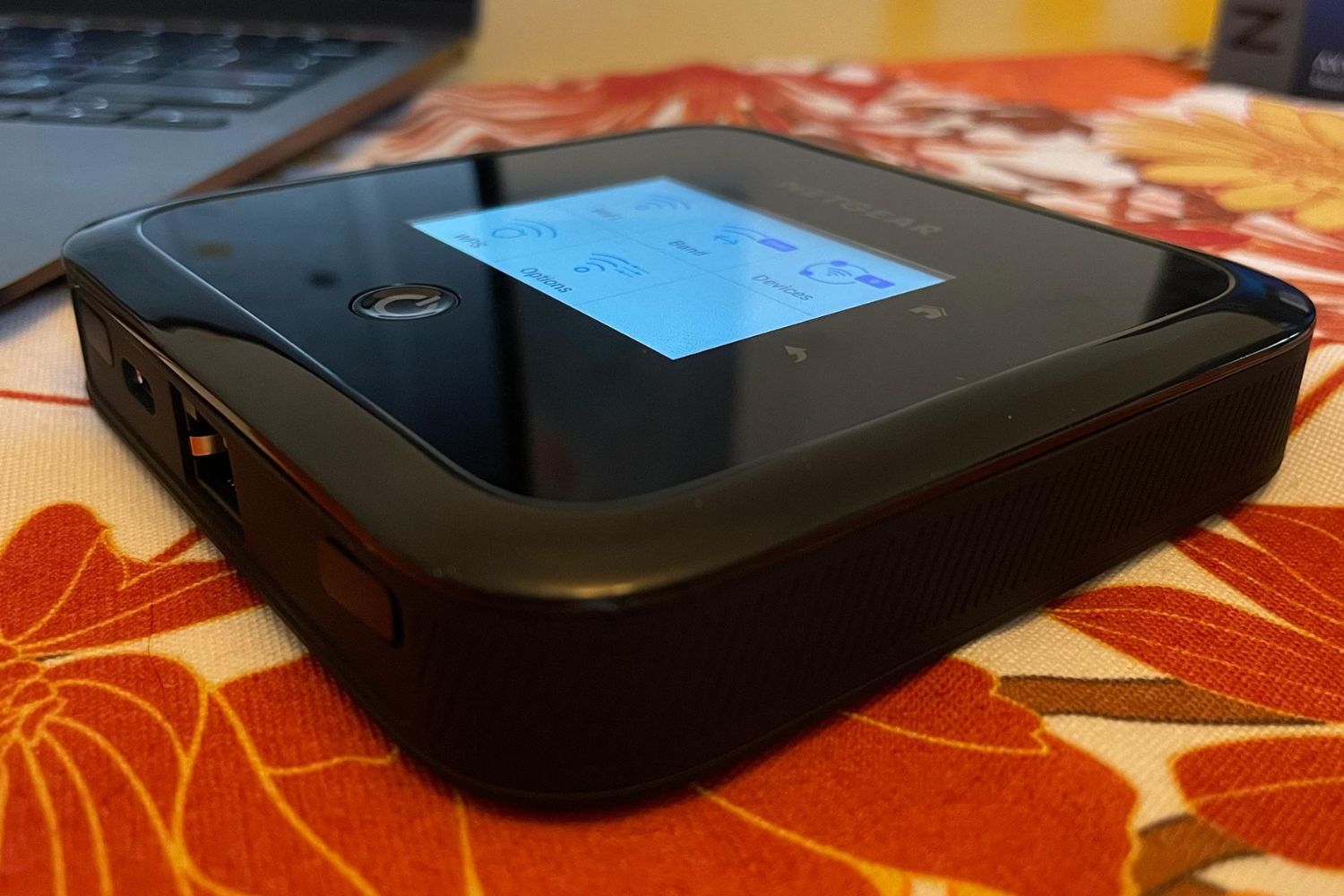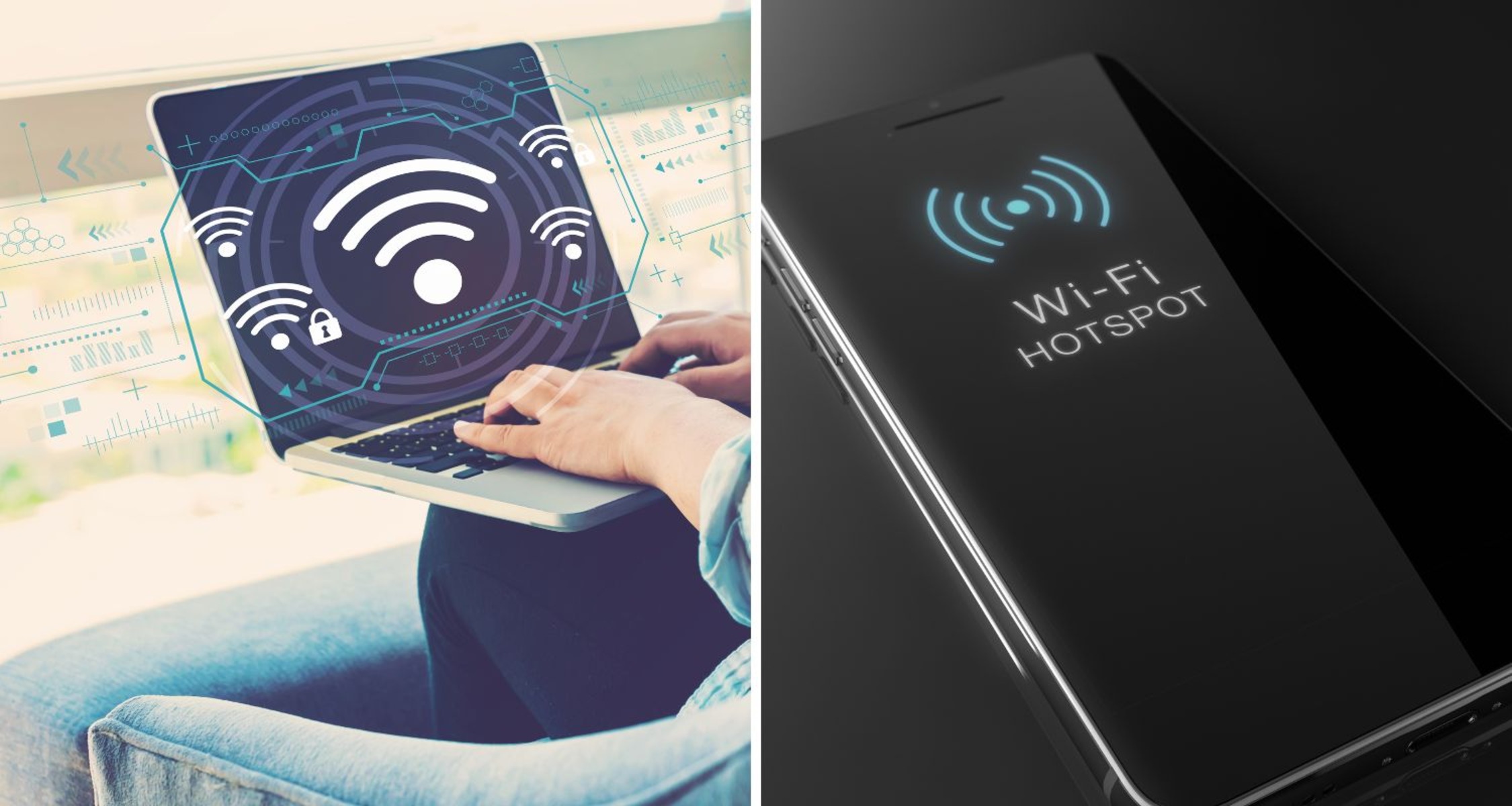Introduction
In today's fast-paced digital world, staying connected is more important than ever. Whether you're working remotely, streaming your favorite shows, or simply browsing the web, having access to a reliable internet connection is a necessity. While many of us rely on traditional Wi-Fi networks for our internet needs, there are situations where using a mobile hotspot becomes the go-to solution.
A mobile hotspot, also known as tethering, allows you to share your smartphone's cellular data connection with other devices, such as laptops, tablets, or other smartphones. This feature provides flexibility and convenience, especially when traditional Wi-Fi networks are unavailable or unreliable.
However, managing hotspot data usage effectively is crucial, as exceeding your data allowance can result in additional charges or reduced speeds. Understanding how to estimate and monitor hotspot data usage is essential for optimizing your internet experience while avoiding unexpected costs.
In this comprehensive guide, we will delve into the intricacies of estimating hotspot data usage and provide valuable tips for managing and optimizing your data consumption. Whether you're a seasoned mobile hotspot user or considering utilizing this feature for the first time, this guide will equip you with the knowledge and strategies to make the most of your hotspot data while avoiding potential pitfalls. So, let's embark on this journey to unravel the mysteries of hotspot data usage and empower ourselves with the tools to stay connected without compromise.
Understanding Hotspot Data Usage
When using a mobile hotspot, it's crucial to comprehend how data is consumed to effectively manage your internet usage. Hotspot data usage refers to the amount of data transmitted and received by devices connected to your mobile hotspot. This includes activities such as browsing the web, streaming media, downloading files, and sending/receiving emails.
Several factors contribute to hotspot data consumption. Streaming high-definition videos, for instance, can quickly deplete your data allowance due to the large amount of data required to deliver smooth playback. Similarly, online gaming, video conferencing, and downloading large files contribute significantly to data usage.
It's important to note that each device connected to the hotspot consumes data independently. Therefore, if multiple devices are actively using the hotspot simultaneously, the data usage will be compounded. Understanding the individual data requirements of different activities and devices can help you estimate and manage your hotspot data usage more effectively.
Moreover, background processes and automatic updates on connected devices can contribute to data consumption without your explicit engagement. Operating system updates, app downloads, and cloud synchronization can consume data silently, impacting your overall hotspot usage.
In addition to device-specific considerations, the speed and quality of the internet connection can influence data usage. Unstable or slow connections may result in increased data consumption as devices attempt to compensate for the suboptimal network conditions.
Understanding hotspot data usage empowers users to make informed decisions about their internet activities and effectively manage their data consumption. By gaining insights into the factors influencing data usage, individuals can optimize their internet experience and avoid exceeding their data limits, ultimately ensuring a seamless and cost-effective utilization of mobile hotspots.
Estimating Hotspot Data Usage
Estimating hotspot data usage is a crucial aspect of managing your internet consumption effectively. By gaining insights into the data requirements of common online activities and understanding the factors that influence data usage, you can make informed decisions to optimize your hotspot experience.
Understanding Data Consumption Patterns
To estimate hotspot data usage, it's essential to be mindful of the data consumption patterns associated with various online activities. Streaming high-definition videos, for example, can consume several gigabytes of data per hour, while standard-definition streaming typically requires less data. Similarly, online gaming and video conferencing can contribute to significant data usage, especially when engaging in prolonged sessions.
Utilizing Data Estimation Tools
Many internet service providers and smartphone manufacturers offer data estimation tools or apps that can provide valuable insights into your data usage. These tools often allow you to monitor data consumption in real-time, set data usage alerts, and track historical usage patterns. By leveraging these resources, you can gain a clear understanding of your hotspot data usage and proactively manage your data allowance.
Estimating Device-Specific Data Consumption
Different devices have varying data consumption patterns, and understanding these distinctions is essential for accurate data estimation. For instance, a laptop streaming high-definition content may consume more data compared to a smartphone engaged in similar activities. By considering the specific data requirements of each connected device, you can more accurately estimate your overall hotspot data usage.
Factoring in Background Processes and Updates
It's important to account for background processes and automatic updates that may contribute to data consumption. Operating system updates, app downloads, and cloud synchronization activities can consume data without explicit user engagement. By acknowledging these background processes, you can refine your data estimation and ensure that unexpected data usage is minimized.
Considering Network Conditions
The speed and stability of your internet connection can impact data usage. Unstable or slow connections may lead to increased data consumption as devices compensate for suboptimal network conditions. By factoring in network performance, you can make more precise estimations of your hotspot data usage and adjust your internet activities accordingly.
By comprehensively estimating hotspot data usage and considering the diverse factors that influence data consumption, you can effectively manage your data allowance and optimize your internet experience. This proactive approach empowers you to make informed decisions, avoid exceeding your data limits, and harness the full potential of mobile hotspots without encountering unexpected data-related challenges.
Tips for Managing Hotspot Data Usage
Managing hotspot data usage effectively is essential for optimizing your internet experience while avoiding unexpected costs. By implementing strategic measures and adopting mindful practices, you can make the most of your data allowance and ensure seamless connectivity. Here are valuable tips for managing your hotspot data usage:
1. Monitor Data Usage Regularly
Stay vigilant about your data consumption by regularly monitoring your hotspot usage. Many smartphones offer built-in tools to track data usage, allowing you to stay informed about your internet activities. By reviewing your data usage periodically, you can identify trends, detect any unusual spikes in consumption, and make informed adjustments to your usage patterns.
2. Leverage Wi-Fi Networks When Available
Whenever possible, connect your devices to secure Wi-Fi networks to conserve your hotspot data. Utilizing Wi-Fi networks, such as those available in homes, offices, or public spaces, can significantly reduce your reliance on the hotspot for data-intensive activities. This approach helps preserve your hotspot data for situations where Wi-Fi connectivity is limited or unavailable.
3. Optimize Streaming Quality
Adjust the streaming quality of videos and media content to conserve data while using the hotspot. Many streaming platforms offer settings that allow you to customize the streaming quality, enabling you to balance data conservation with satisfactory viewing experiences. Choosing lower resolution settings can notably reduce data consumption during streaming activities.
4. Disable Automatic Updates and Syncing
Prevent unnecessary data usage by disabling automatic updates and syncing features on connected devices. By configuring your devices to update and sync only when connected to Wi-Fi networks, you can prevent background processes from consuming your precious hotspot data. This proactive measure helps you retain control over data usage and avoid unexpected consumption.
5. Implement Data-Saving Features
Explore the data-saving features available on your devices and applications to minimize data usage. Many apps and devices offer data-saving modes or features that optimize data consumption without compromising functionality. By enabling these features, you can intelligently manage your data usage and extend the longevity of your hotspot allowance.
6. Set Data Usage Alerts
Take advantage of data usage alert features provided by your smartphone or service provider. By setting data usage alerts, you can receive notifications when you approach predefined data thresholds, empowering you to adjust your usage patterns and avoid exceeding your data allowance. This proactive approach helps you stay in control of your data consumption.
7. Educate Connected Users
If multiple devices are connected to your hotspot, educate the users about mindful data consumption practices. Encourage users to be conscious of their data usage and to refrain from data-intensive activities when not essential. By fostering awareness among connected users, you can collectively manage data usage and optimize the hotspot experience for all users.
By incorporating these tips into your hotspot usage routine, you can effectively manage your data consumption, maximize the value of your data allowance, and enjoy uninterrupted connectivity without encountering data-related challenges. Implementing these strategies empowers you to harness the full potential of mobile hotspots while maintaining control over your data usage.
Conclusion
In conclusion, effectively estimating and managing hotspot data usage is paramount for individuals relying on mobile hotspots to stay connected in various scenarios. By gaining a comprehensive understanding of the factors influencing data consumption, users can make informed decisions to optimize their internet experience while avoiding the pitfalls of exceeding data limits or incurring additional charges.
Throughout this guide, we've explored the intricacies of hotspot data usage, delving into the diverse factors that contribute to data consumption, including streaming media, online gaming, background processes, and network conditions. By comprehending these influences, users can proactively estimate their data usage and tailor their internet activities to align with their data allowances.
Furthermore, the tips provided for managing hotspot data usage offer practical strategies for conserving data, leveraging Wi-Fi networks, optimizing streaming quality, and implementing data-saving features. These measures empower users to maintain control over their data consumption, set usage alerts, and educate connected users about mindful data usage practices.
By integrating these insights and strategies into their hotspot usage routines, individuals can navigate the digital landscape with confidence, ensuring seamless connectivity without encountering unexpected data-related challenges. Whether working remotely, streaming content, or engaging in online activities, the ability to estimate and manage hotspot data usage effectively is a valuable skill that empowers users to stay connected without compromise.
As technology continues to evolve, mobile hotspots will remain a vital tool for accessing the internet in diverse environments. By equipping themselves with the knowledge and strategies outlined in this guide, users can harness the full potential of mobile hotspots while maintaining control over their data usage, ultimately enhancing their connectivity experiences.
In essence, the journey to mastering hotspot data usage is a proactive endeavor that enables individuals to leverage the convenience of mobile hotspots without the fear of exceeding data limits. By embracing a mindful and informed approach to data management, users can unlock the full benefits of staying connected on their own terms, ensuring that their hotspot experiences are seamless, cost-effective, and tailored to their specific needs.







